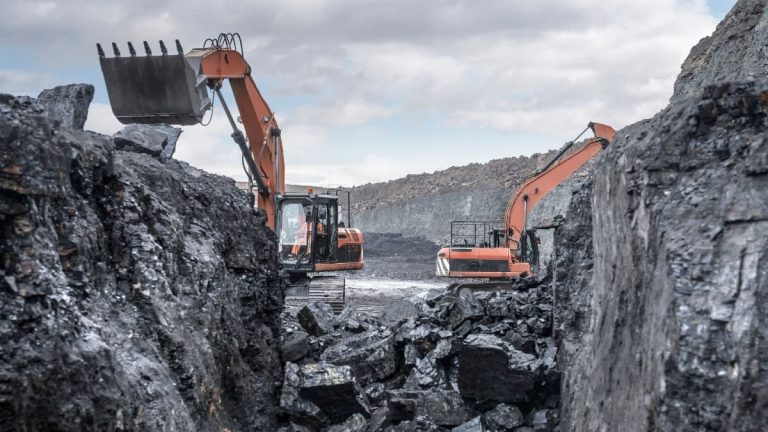
Incessant mining activities over the years have caused severe water stress in most of India's coal-mining regions. (Getty)
People living around coal/lignite mining areas not only face depletion of groundwater levels, but also worsening water quality due to ongoing mining activities
The coal ministry plans to restore nearly 500 water bodies in and around coal/lignite mining areas to mitigate the adverse ecological impact of mining, which has also led to reduced water supply in the region. The scheme will be executed and funded by Coal India Limited (CIL) and NLC India Limited, in collaboration with local district administrations and gram panchayat.
A preliminary assessment conducted by the Central Public Sector Unit (CPSU) revealed that there are approximately 4,457 water bodies (rivers, ponds, narlats, lakes, reservoirs) and 81 restoration sites within a 5-km radius of the mine boundaries. The first phase of the program will see 500 of these restored by 2028-29, located within a 2km radius of the mine boundary.
Priority will be given to traditional water bodies that have certain cultural value and are critical for sustaining agriculture and livelihoods. According to the latest guidelines issued by the ministry, each new water body must have a storage area of at least one acre (0.4 hectares) and a storage capacity of approximately 10,000 cubic meters to benefit local communities. After conducting preliminary surveys to identify the location, the CPSU must prepare a five-year action plan within the next month and provide appropriate budgetary allocations.
Severe water shortage in mining areas
Incessant mining activities over the years have resulted in severe water shortages in most coal mining areas in India. Experts stress that minerals exposed by a disturbed earth tend to seep into and contaminate groundwater.
“This is a serious problem. The massive pumping of water during mining activities not only severely depletes the water table in most areas, but also reduces the quality of the water available. Mining activities also tend to expose rocks and minerals, which then interact with air and water A reaction occurs, making it acidic and the water is often found to be contaminated,” said Professor Abhijit Mukherjee of the Indian Institute of Technology Kharagpur, who has worked extensively on groundwater exploration.
Overall, per capita water availability across India has continued to decline at an alarming rate. According to government estimates, it has dropped from 5,000 cubic meters in 1950 to about 1,500 cubic meters in 2020.
Meanwhile, Coal India, the world's largest coal production company, has set a target to increase coal production to 1 BT by 2026-2027 as power demand surges. NITI Aayog in a recent report projected that India's coal demand will be between 1,192-1,325 million tons by 2030.
control water quality
The guidelines state that water bodies must be owned by gram panchayat, tehsil and district panchayat, government departments, communities and open to all communities and villagers and not by any private entity. Water-filled mines are not included in this project.
“Within mine leases, selection must be careful, prioritizing sites that are accessible to local communities while safeguarding the interests of future mining activities,” the guidelines state.
To control water quality, the latest water ministry guidelines also require the establishment of water quality monitoring stations equipped with sensors and data loggers to continuously monitor parameters and ensure their compliance with environmental standards. Bhaskaracharya National Institute of Space Applications and Geomatics-N (BISAG-N) will also be involved in developing a surveillance portal for data collection and analysis.
After completion of development activities on the water body, the site will be handed over to the gram panchayat or the appropriate government department for maintenance as per ownership (if the water body is located outside the lease area), who will be responsible for their respective maintenance at their own cost.
